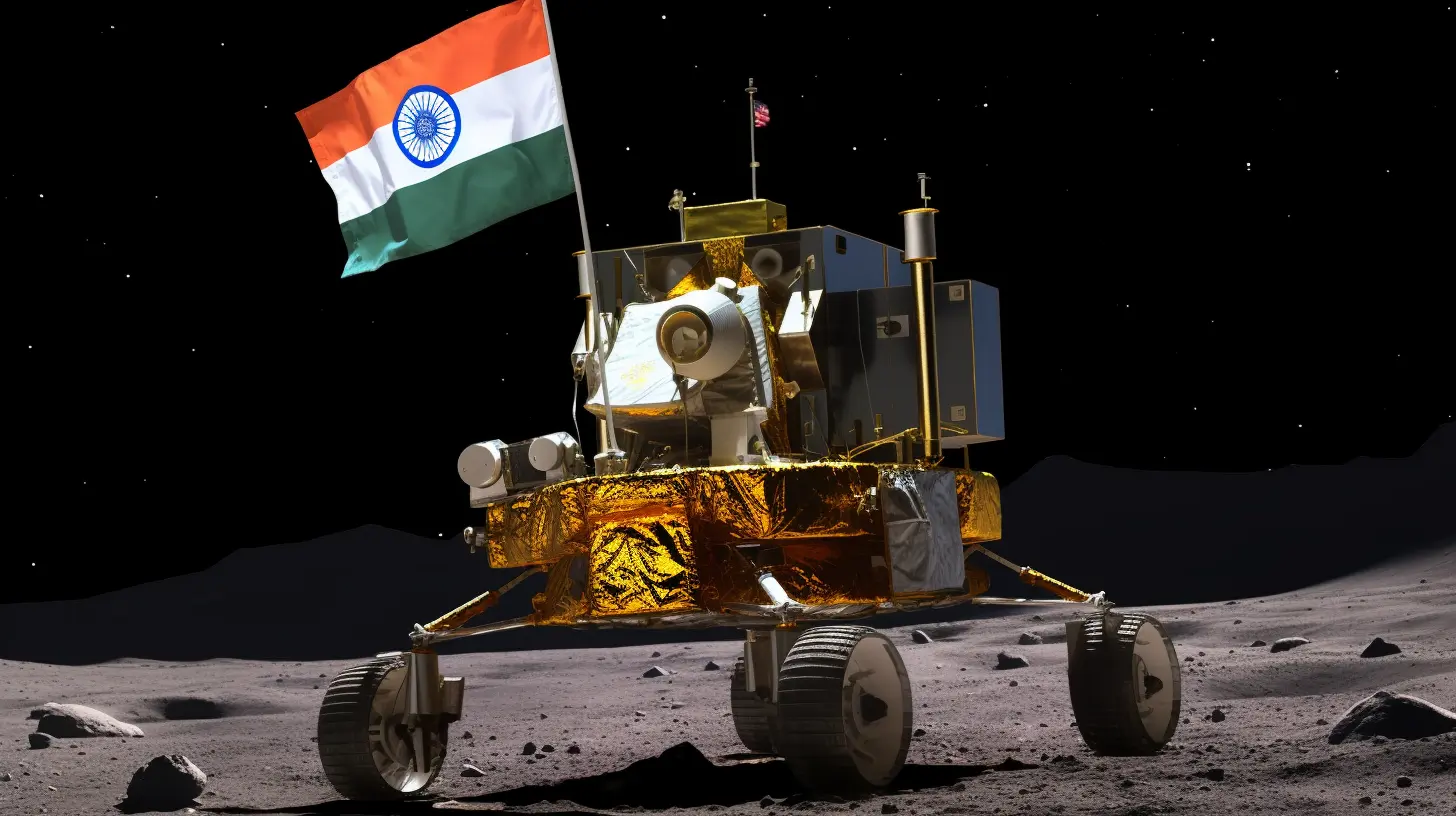Chandrayaan-3’s Pragyan Rover Unveils Lunar Mysteries: Sulphur Detected, Hydrogen Hunt Begins: In a remarkable achievement for India’s space exploration program, the Indian Space Research Organisation (ISRO) has announced a groundbreaking discovery by the Pragyan Rover, a key component of the Chandrayaan-3 mission. The rover has successfully confirmed the presence of sulphur on the Moon’s surface, marking a significant milestone in our understanding of Earth’s celestial neighbour. Moreover, the search for hydrogen, a crucial element for potential future lunar missions, is now underway, promising further exciting revelations
Read also: NIA recruitment 2023: Posts, Salary, Apply Online.
Unraveling Lunar Secrets:
The Pragyan Rover, equipped with advanced scientific instruments, has been tirelessly exploring the lunar terrain since its successful landing on the Moon’s surface. Its primary objective is to unravel the mysteries of the Moon and expand our knowledge of the lunar environment. In a major breakthrough, the rover’s sophisticated sensors have detected the presence of sulphur, shedding light on the Moon’s geological composition and offering valuable insights into its volcanic history.
Sulphur’s Significance:
The confirmation of sulphur on the Moon carries substantial scientific significance. Sulphur is a key element found in volcanic regions, and its presence indicates past volcanic activity on the Moon. This finding not only deepens our understanding of the Moon’s geological evolution but also raises intriguing questions about the Moon’s volcanic past. By studying the distribution and concentration of sulphur, scientists can gain valuable insights into the Moon’s formation and its volcanic activity over millions of years.
Implications for Future Lunar Missions:
The discovery of sulphur on the Moon has significant implications for future lunar missions, particularly those involving resource utilization. Sulphur can be extracted and processed to produce propellant, which could potentially fuel spacecraft and enable more extended stays on the lunar surface. Moreover, sulphur can also be used in the production of construction materials, offering possibilities for in-situ resource utilization and the establishment of sustainable lunar habitats. This finding paves the way for future exploration and utilization of lunar resources, bringing us closer to realizing long-term human presence on the Moon.
The Quest for Hydrogen:
While the confirmation of sulphur is undoubtedly a major milestone, the Pragyan Rover’s mission is far from over. ISRO scientists have now turned their attention to the search for hydrogen on the Moon. Hydrogen is a crucial resource for potential future lunar missions, as it can be used as a propellant and a source of energy. The presence of hydrogen in the lunar regolith could open up new possibilities for sustainable exploration and resource utilization. The Pragyan Rover’s advanced instruments are now working diligently to detect and analyze any traces of hydrogen, further expanding our understanding of the Moon’s composition and its potential for future human exploration.
Conclusion:
The Chandrayaan-3 mission, with its Pragyan Rover at the forefront, continues to unravel the secrets of the Moon. The confirmation of sulphur on the lunar surface is a remarkable achievement, shedding light on the Moon’s volcanic past and paving the way for future resource utilization. As the search for hydrogen progresses, the mission holds the promise of uncovering even more exciting discoveries. With each new revelation, we inch closer to unlocking the Moon’s mysteries and realizing our dreams of sustained human presence on Earth’s celestial companion.
Read also: RRC ECoR Recruitment 2023: Apply for 1216 Posts.

